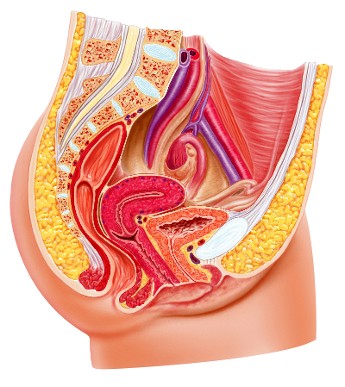Transmale
Breast (“Top”) surgery consists of removal of the patient’s breast tissue, reduction and repositioning of the nipple-areola complex, and tightening of the skin. Length and position of incisions depend on the patient’s breast size and body habitus. Transmale breast surgery is performed as an outpatient.
Genital (“Bottom”) surgery for the transmale typically refers to either phalloplasty or metoidioplasty. Hysterectomy/oophorectomy (removal of the uterus and one or both ovaries) is typically performed prior to genital surgery. Many of our patients have already undergone this procedure prior to seeing us. For those who have not, we are happy to help our patients get an appointment with one of our partners who is both experienced with transgender patients and specializes in this operation.
|
 |
Phalloplasty consists of several stages in our practice.
Stage 1 consists of vaginectomy with closure of the perineum along with creation of the scrotum and elongation of the urethra in preparation for creation of the phallus in the second stage operation. Several months are allowed to pass following vaginectomy before progressing to
Stage 2, which is the creation of the penis (phalloplasty). We typically utilize a radial forearm free flap (RFFF) for this. The goal of phalloplasty is to provide a penis that has sexual sensation, potential for placement of an erectile device, and the ability for standing urination. Blood vessels and nerves are connected at this time, but the urethra is not connected to the phalloplasty at this time, meaning patients still need to sit to urinate until stage 3. Once the phalloplasty has completely healed, we would then progress to
Stage 3, in which the urethra closure is performed which allows for standing urination via the phalloplasty once healed. This would usually be scheduled 3-4 months after Stage 2. In our opinion, staging phalloplasty reduces the severity of complications as well as decreasing or even elimination the amount of time a suprapubic catheter is needed to drain the bladder.
Metoidioplasty is a less extensive operation in which the urethra is elongated and positioned with the clitoris in a way that allows for standing urination, but not penetrative intercourse. The advantages of metoidioplasty are a single-stage operation with decreased hospital stay and complications compared to phalloplasty.
We are happy provide further details about these operations, typical recovery and potential complications, as well as take as much time as needed to answer your questions during an in-person consultation.